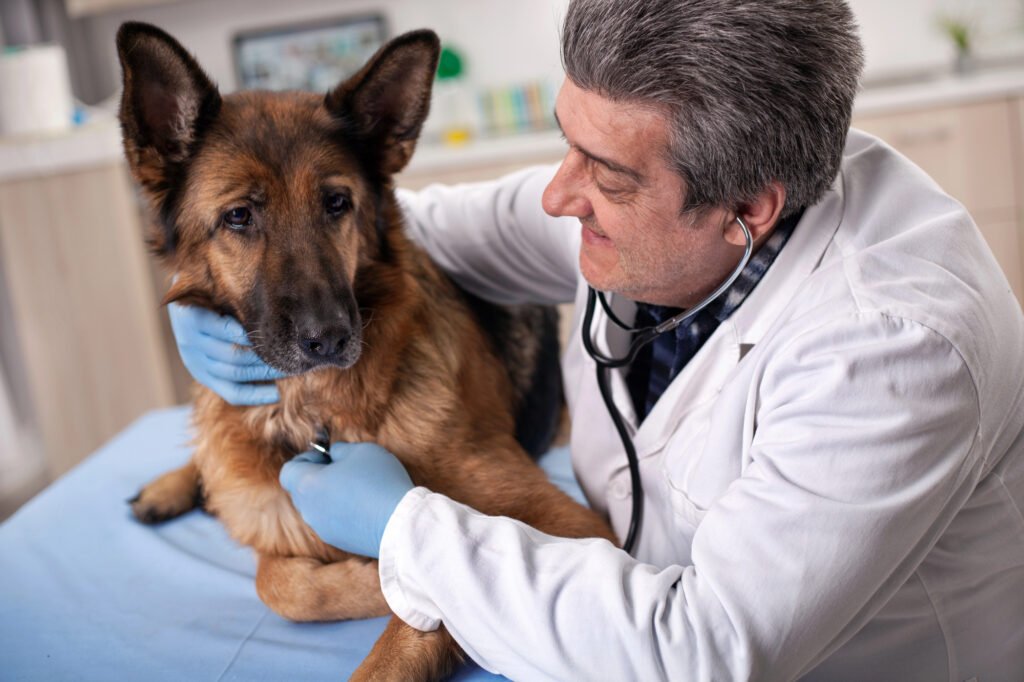Joint pain is a common issue in dogs as they age, though it can also affect young dogs under certain conditions. Recognizing the signs early can lead to better management and improved quality of life for your pet. Understanding the types, causes, and management options of joint pain can help you provide the best care for your furry companion.
Common Signs Your Dog Might Have Joint Pain

Recognizing joint pain in dogs is crucial for early intervention. Some common signs include limping, stiffness, reluctance to move, decreased activity levels, and difficulty standing or lying down. Changes in behavior such as irritability or aggression may also indicate pain. Observant pet owners can catch these signs early and seek veterinary advice.
Types of Joint Pain in Dogs

Joint pain in dogs generally falls into two categories: acute and chronic. Acute joint pain may result from injury or sudden trauma, while chronic joint pain is often due to long-term conditions like arthritis. Determining the type of joint pain is essential for appropriate treatment.
Osteoarthritis: The Leading Cause

Osteoarthritis is the most common cause of joint pain in dogs. This degenerative joint disease involves the gradual wearing down of cartilage, leading to pain and inflammation. Osteoarthritis is more prevalent in older dogs, but younger dogs can also be affected, particularly those with prior joint injuries or genetic predispositions.
Other Causes of Joint Pain

In addition to osteoarthritis, joint pain can be caused by a variety of factors. Hip dysplasia, elbow dysplasia, and luxating patella are common developmental conditions that affect joint alignment and function. Trauma or injury, infections, and immune-mediated diseases like rheumatoid arthritis can also lead to joint pain.
Breeds Prone to Joint Issues

Certain dog breeds are more susceptible to joint problems due to their genetic makeup or physical structure. Larger breeds like German Shepherds, Labrador Retrievers, and Golden Retrievers are known for having higher risks of hip and elbow dysplasia. However, smaller breeds can also face joint issues, highlighting the importance of regular veterinary checkups for dogs of all sizes. A veterinarian can confirm a diagnosis of joint pain through a combination of physical exams, medical history, and diagnostic tools. X-rays, MRI, and CT scans may be employed to assess the extent of joint damage and identify the underlying cause. Early diagnosis can significantly improve management strategies.
Managing Joint Pain

Veterinarians often prescribe medications like non-steroidal anti-inflammatory drugs (NSAIDs) to alleviate pain and inflammation. In some cases, disease-modifying osteoarthritis drugs (DMOADs) may be recommended to slow the progression of arthritis. Supplements such as glucosamine and chondroitin can also support joint health. There are non-medical approaches that can complement medical treatment. Weight management is crucial, as maintaining a healthy weight can reduce stress on the joints. Physical therapy, including hydrotherapy, can improve mobility and strength. Additionally, creating a comfortable living environment with ramps and cushioned bedding can help ease your dog’s physical discomfort.
Alternative Therapies for Joint Pain

Alternative therapies are gaining popularity among pet owners seeking holistic approaches to joint pain management. Acupuncture, laser therapy, and massage are non-invasive methods that may help improve joint function and reduce pain. Always consult with a veterinarian before starting any alternative treatments to ensure they’re appropriate for your dog.
Preventive Measures for Joint Health

Prevention plays a critical role in maintaining your dog’s joint health. Providing a balanced diet enriched with omega-3 fatty acids, regular exercise tailored to your dog’s capabilities, and routine veterinary checkups can help prevent or delay the onset of joint issues. Early action can sustain joint health and prolong a dog’s active years. Caring for a dog with joint pain requires a combination of vigilance, proactive management, and education. By understanding the signs, causes, and management strategies, you can take informed steps to improve your dog’s comfort and quality of life. If you suspect your dog might have joint pain, consult your veterinarian for a comprehensive assessment and tailored treatment plan.






